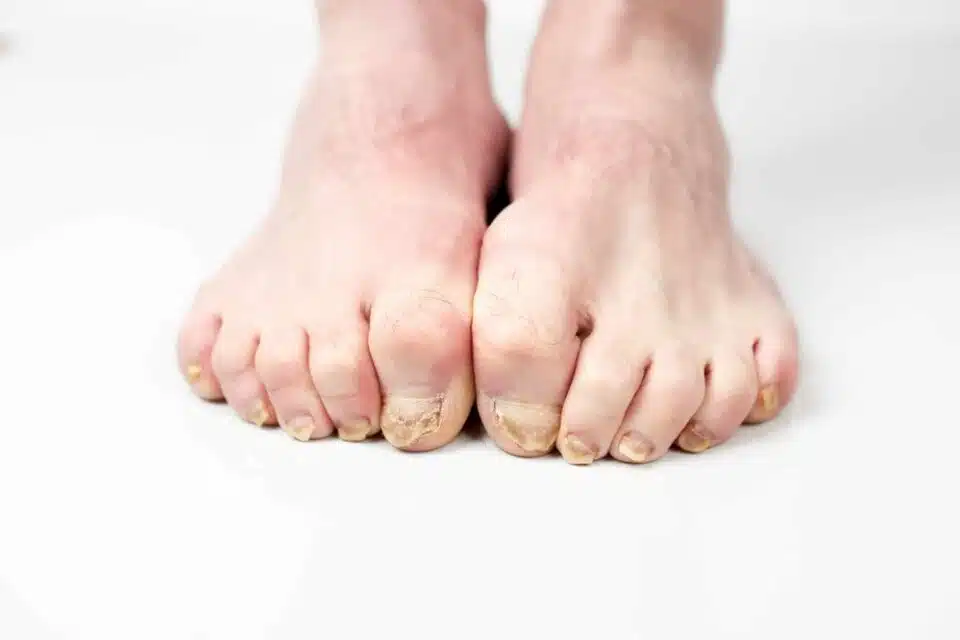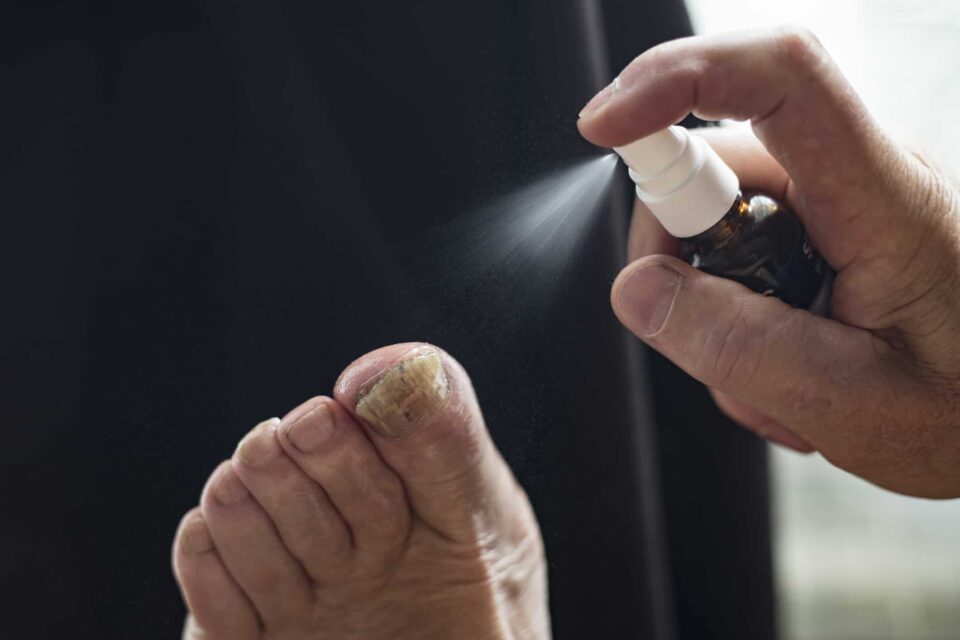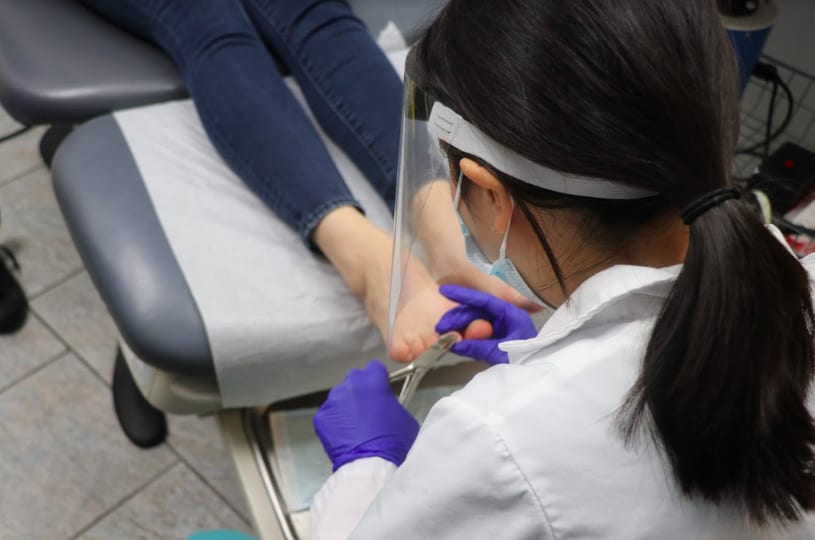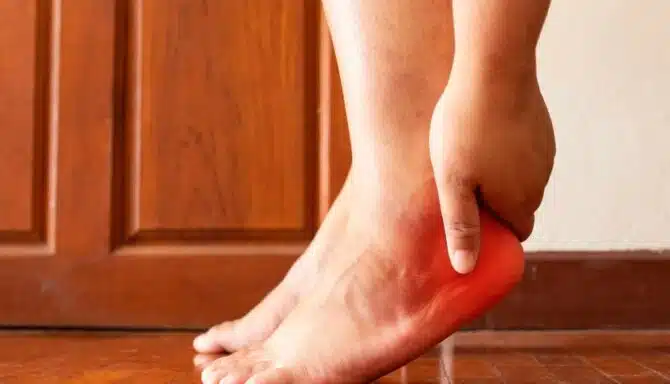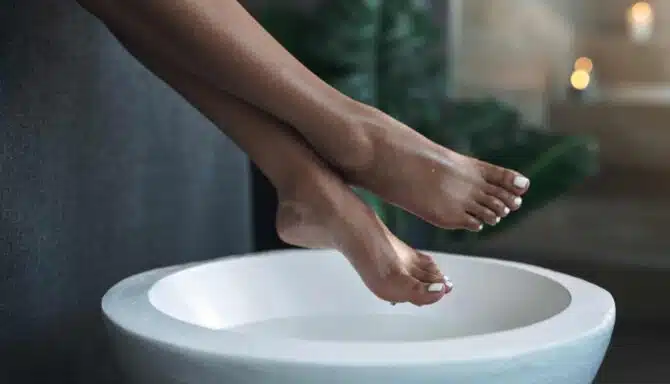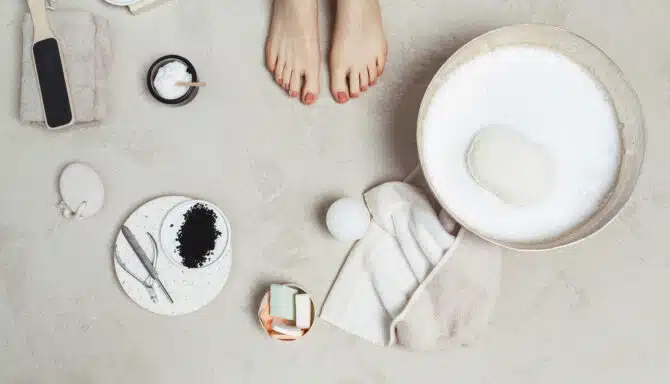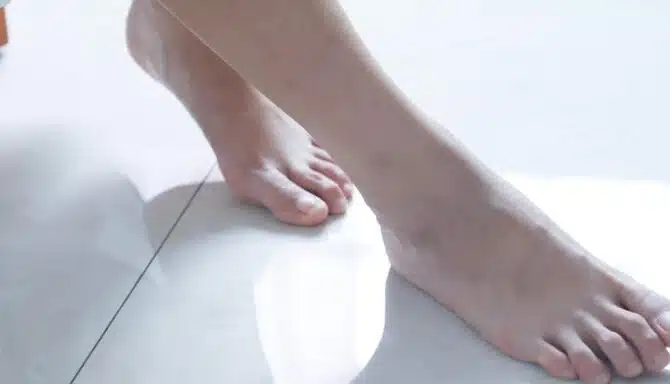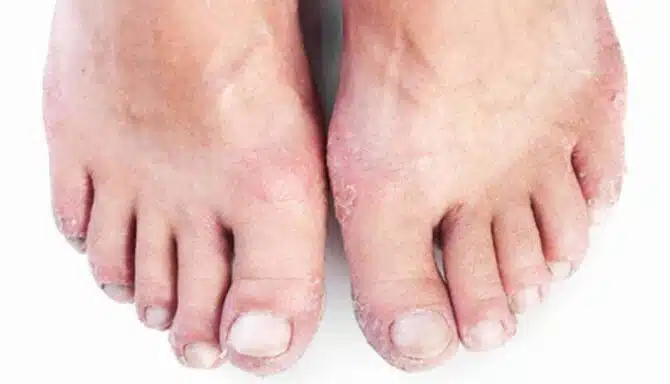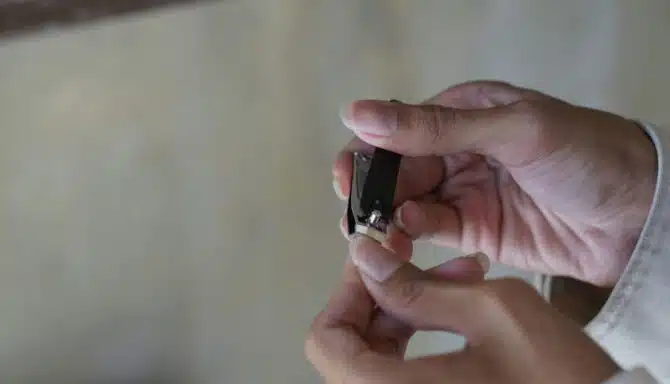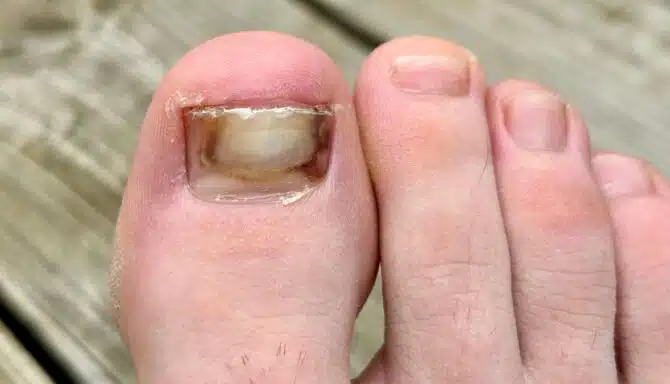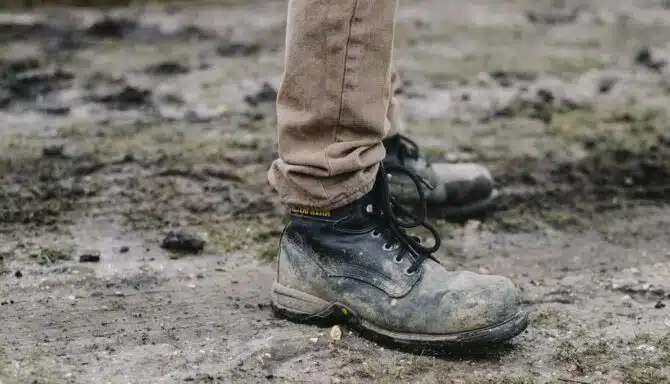Toenails aren’t always something we pay attention to. But when we notice curled toenails or pincer nails, it’s a whole new ball game. When our toenails curl upward or downward, it can cause self-consciousness. It’s also a perplexing condition that occurs alongside other worrisome symptoms, and they just aren’t what healthy toenails should look like.
The good news is that curled nails don’t just occur for no reason. You and your Toronto foot care specialist will be able to determine the cause by zeroing in on the additional symptoms. From that point, you can follow a treatment plan to address your curled toenails and your condition.
Here are some common reasons for curled toenails:
- Fungal infections
- Autoimmune disease
- Medications
- Diabetic toenail
- Genetics
The Connection Between Curled Toenails and Ingrown Toenails
Curled toenails are almost always ingrown, and both conditions arise from the same causes. The growth pattern of an ingrown toenail causes it to curve over time, often curling inward along the sides of the toe (usually the big toe). Eventually, the curled toenail pierces the skin and starts to grow into the skin, causing tenderness, redness, and swelling.
Fungal Infections
Onychomycosis (infection of the nail unit) is usually associated with a curling shape in the nails. Other symptoms include dry toenails, a greenish-yellow tint in the nails, thickening and total separation from the nail bed.
Fungal infections resulting in curled toenails usually arise in older people suffering from peripheral vascular disease and diabetes. Having a chronic immunological illness can also be a risk factor.
It’s difficult to treat toenail fungus at home, so you should help from a specialist. Patients may take oral prescription anti-fungal pills for 12 weeks. A total nail avulsion performed by a foot specialist may be required in severe cases.
Autoimmune Disease
Autoimmune conditions can degrade healthy toenails, in addition to curling them.
One example is nail psoriasis, which can completely alter your toenails’ structure, colour and texture. Your nails can turn yellow or brown, and tiny red spots may even form. The toenail may also hurt, and grooves and ridges appear. The pain stems from debris formation that alters the direction the nail grows in.
Medications like corticosteroids (injections or potent oral medicines) and tazarotene (for tackling the nail shape) can be particularly useful in treating nail psoriasis.
Medications
The culprit behind your strangely shaped toenails could be drug-induced nail disease. This phenomenon usually causes pain and discomfort in addition to a drastic change in the nail’s shape and colour, and nails become more brittle.
Many drugs can cause curled toenails. Chemotherapy drugs, lithium and antibiotics are just a handful of examples.
Diabetic Toenails
A curved toenail may result from diabetes-related onychogryphosis, or “ram horn,” when nails take on a severely curled and thickened appearance. There are also several other variations of diabetic curled toenails.
People with diabetes frequently neglect to cut their toenails because of the shame associated with the complications of their disease, but diabetic nail care should be a top concern.
Diabetic toenails can ultimately lead to irreversible damage like foot ulcerations, skin breakdown and severe infections (even gangrene).
Genetics
Families can pass down certain characteristics that contribute to curled toenails. Factors such as the shape of the nail, the amount of skin surrounding the nail, and even the shape of your toes can be hereditary, making you genetically prone to toenail growth issues. It may be a good idea to compare symptoms with your close family.
Remember, you can combat toenail conditions by taking the proper precautions, even when genetics are at play. Be sure to wear properly fitted footwear, take care of your nails, and prevent damage at all costs.
How to Fix Curved Toenails
Remember, curled toenails usually occur alongside another condition, so you may not be able to get rid of them entirely. Management and proper nail care are key.
Nail and Foot Care
If you aren’t sure how to properly cut curled toenails, don’t try to do it yourself. Instead, seek help from a trusted chiropodist or partake in medical pedicures. If you do it yourself without the right knowledge, you are putting yourself at risk of developing an ingrown toenail.
Generally, it’s crucial to keep your nails short and clean regularly. You should also use a file to keep your toenail edges smooth and use moisturizers for the cuticles.
Since pincer nails are usually ingrown, you’ll want to take extra care and prevent painful, recurring ingrown nails. Wear shoes that fit correctly and leave ample space in the toe box. While everybody should adhere to these guidelines, those struggling with curled toenails must be extra vigilant.
OnyFix
OnyFix is a new, revolutionary, and pain-free way to treat ingrown and curled toenails. Performed by a chiropodist, the non-invasive procedure corrects the natural growth pattern of your toenails, so the experience isn’t just a quick fix.
Chiropodists correct the nail growth path by using a composite material in the shape of a thin band. After applying it to the top of the nail, it ensures the rest of the nail grows in a straight direction. With OnyFix, you can enjoy a future without nail issues and relatively instant pain relief (usually noticeable soon after treatment).
